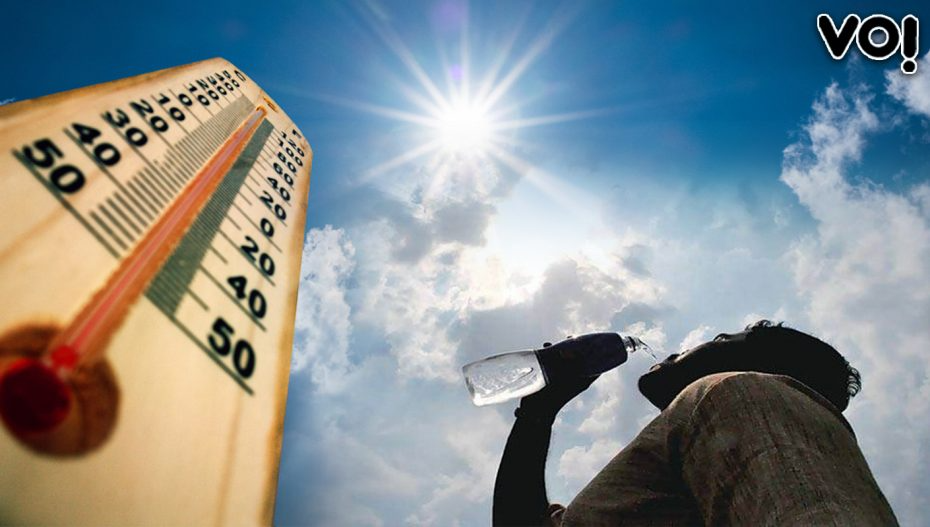The India Meteorological Department (IMD) has issued a forecast predicting a harsh and arid summer across most regions of the country from April to June. The forecast includes a high likelihood of prolonged heatwave episodes lasting 10 to 20 days.
The summer season is set to commence on a warm note, with daytime temperatures in April expected to remain significantly high over regions including Madhya Pradesh, north and coastal Maharashtra, Karnataka, Kerala, Lakshadweep, Andaman and Nicobar islands, Telangana, Andhra Pradesh and Odisha. Heatwave spells lasting 2 to 8 days, against a typical duration of 1-3 days, are most likely to affect Andhra Pradesh, Saurashtra-Kutch, Maharashtra and western regions of Madhya Pradesh this month.
The IMD also predicts below-average pre-monsoon rainfall this month, mainly over coastal India, eastern and south peninsular India, continuing the dry trend observed since February over these regions.
“Most regions in the country will experience above normal maximum temperatures during the summer season this year,” said Mrutyunjay Mohapatra, Director General of IMD, during the release of the temperature outlook for the April-June season on Monday. He added that regions such as Jammu and Kashmir, Himachal Pradesh, northern Odisha, adjoining Gangetic West Bengal and eastern India could experience normal or below normal temperatures.
The IMD has warned of a high probability of heatwave episodes lasting as long as 10 to 20 days during the upcoming three months, against a normal duration of 4 to 8 days. The expected below-normal rainfall associated with pre-monsoon conditions over most regions, coupled with aridity and water shortage, will contribute to the overall increased heating forecast during the summer season this year.
Regions including Rajasthan, Gujarat, Saurashtra-Kutch, Maharashtra, north Karnataka, Andhra Pradesh and Odisha are expected to experience extreme high day temperatures and heatwaves this summer. The Met department has warned of higher than normal heatwave spells during April to June.
The El Nino conditions, characterised by abnormal warming of the sea surface along the equatorial Pacific Ocean, had commenced last June. Despite easing after peaking in December last year, warm conditions continued to prevail, significantly driving up global temperatures. El Nino conditions, known to suppress rainfall over India and increase temperatures globally, are expected to wane off completely and be replaced by El Nino Southern Oscillation (ENSO) neutral conditions by June, coinciding with the onset of India’s southwest monsoon.
During February and March, southern peninsular India experienced hotter than normal weather conditions. Heatwave conditions were reported from Maharashtra, northern Karnataka, Saurashtra-Kutch and parts of Rajasthan during late March, with maximum temperatures reaching 42.6 degrees Celsius in pockets of Akola in Maharashtra and Phalodi in Rajasthan.
Also Read: Belgian Researchers Develop AI Model to Enhance Beer Flavour










